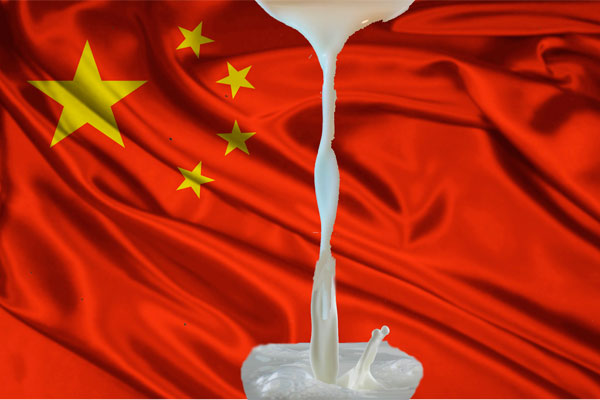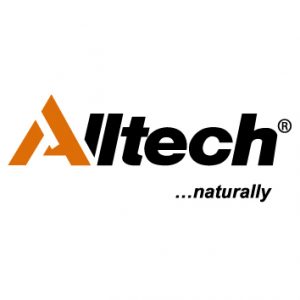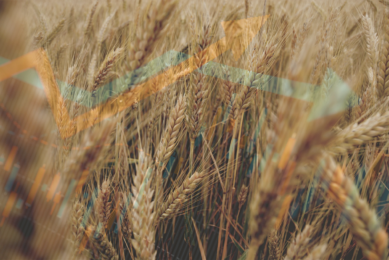Challenges in Chinese Dairy

Increasing demand for dairy products and a swelling middle class, who are concerned about food safety, is the new reality for China, a country with the world’s largest growth potential in the dairy sector. China’s milk market is facing numerous challenges.
The Chinese dairy industry has gone through rapid changes over the past three decades. Large and modern dairy farm start-ups began importing dairy cows and dairy cow genetics from the US, Australia and Europe. These operations quickly adopted advanced feeding and management practices. As a result, productivity has significantly increased and milk production has begun to generate.
Three options exist for China’s future:
- Establish farms close to major Chinese population centres with imported feeds and forages.
- Establish farms in areas in China with plentiful land and water, capable of producing plentiful quantities of forages and silage.
- Import milk and milk products such as cheese and powders.
As the ‘white gold rush’ continues, it is clear that all three options are being pursued with both Chinese and foreign money, and countries as disparate as New Zealand for milk, Ireland for cheese and the US, specifically California.
The main issues in milk consumption are as follows.
1. Increasing milk consumption in a growing urban population
The Middle Kingdom is moving rapidly towards being the world’s major market for milk. Whereas in 1990 an average Chinese adult drank only two litres of milk in a year, this number has reached over ten litres per year today. There continues to be a huge gap between Chinese people from rural and urban areas in terms of milk consumption. By 2030, 70% of people in China will live in cities and while milk consumption, compared to today, will rise by more than 50% the growth rate will be 4.5 times higher in urban areas.
2. Scandals, issues, decisions
The 2008 melamine scandal which resulted in the death of six Chinese babies, aflatoxin found in several milk products and the lye (pipe cleaner) contamination in branded milk were a few of the food safety scandals in recent years. This heavily damaged the Chinese dairy market and eventually forced the Chinese government to consolidate food safety regulation with the creation of the State Food and Drug Administration (SFDA) of China. According to the government’s five-year plan launched last year, all fresh milk collection stations must register with an official certificate. Furthermore standardised supervision and safety insurance system of fresh milk processing must be realised without exception by 2017.
Looking at the Future
They say that a cup of milk makes a nation strong. Although milk is not the traditional food for Chinese people, that nation is now recognising the importance of milk. With the development of the China economy and support of national policy, milk consumption will continue to grow, and consumers are looking for high quality and safe milk. To meet this demand, a number of large scale dairy farms will emerge following a decrease in backyard farms. Big processors like Yili and Mengniu are developing their own dairy farms to seize the market opportunity. However, the industry needs to find effective solutions to major challenges in the high cost of production and volatile feed costs, inefficient feed conversion, fertility issues, rumen health and mycotoxin contamination in feed and forage. In order to overcome these challenges and become profitable, producers need to adopt new technologies such as ingredients which improve the health of the rumen, harnessing the nutritional power of algae to improve fertility and implementing effective mycotoxin management to prevent contamination.
China’s doors are open to dairy expertise. Chinese companies producing milk under the US model of high concentrate and imported forage close to the major cities, farm producing their own forages and silages with foreign capital from New Zealand and other countries, or with imports of raw and further processed dairy ingredients are all part of the complex jigsaw puzzle that is the future of dairy consumption in China.











